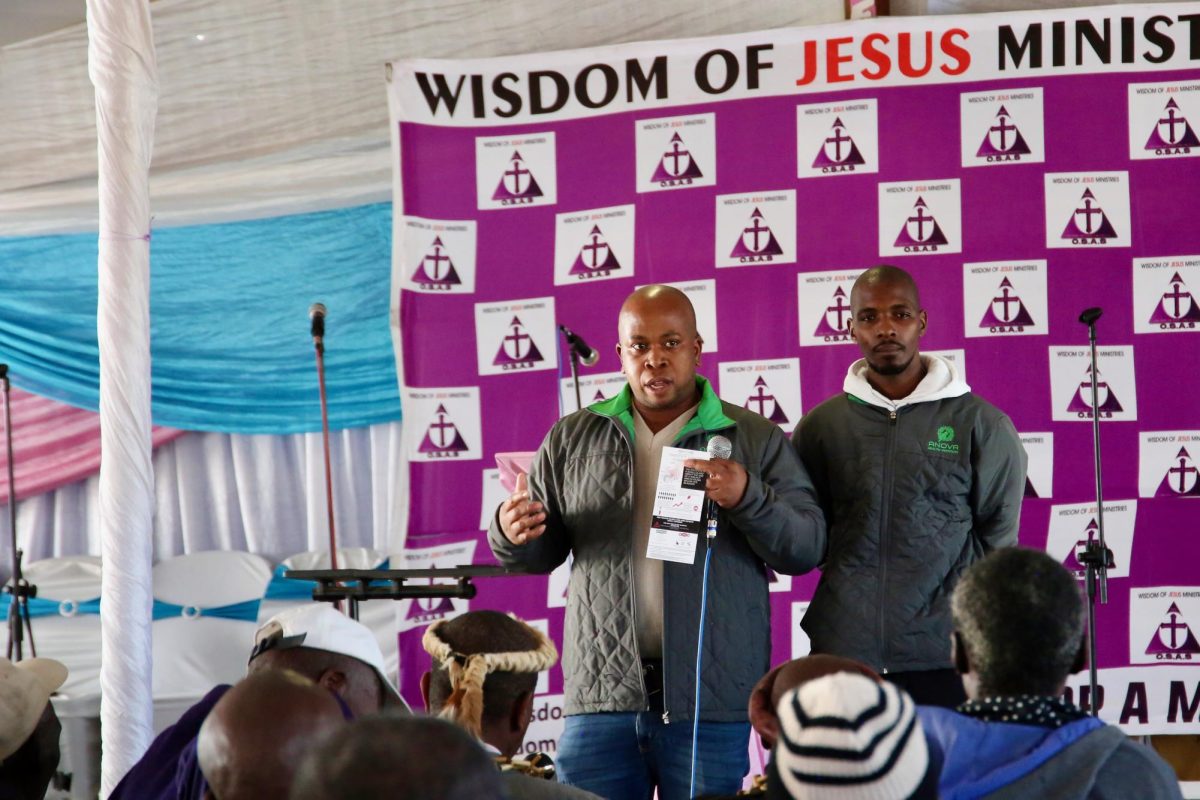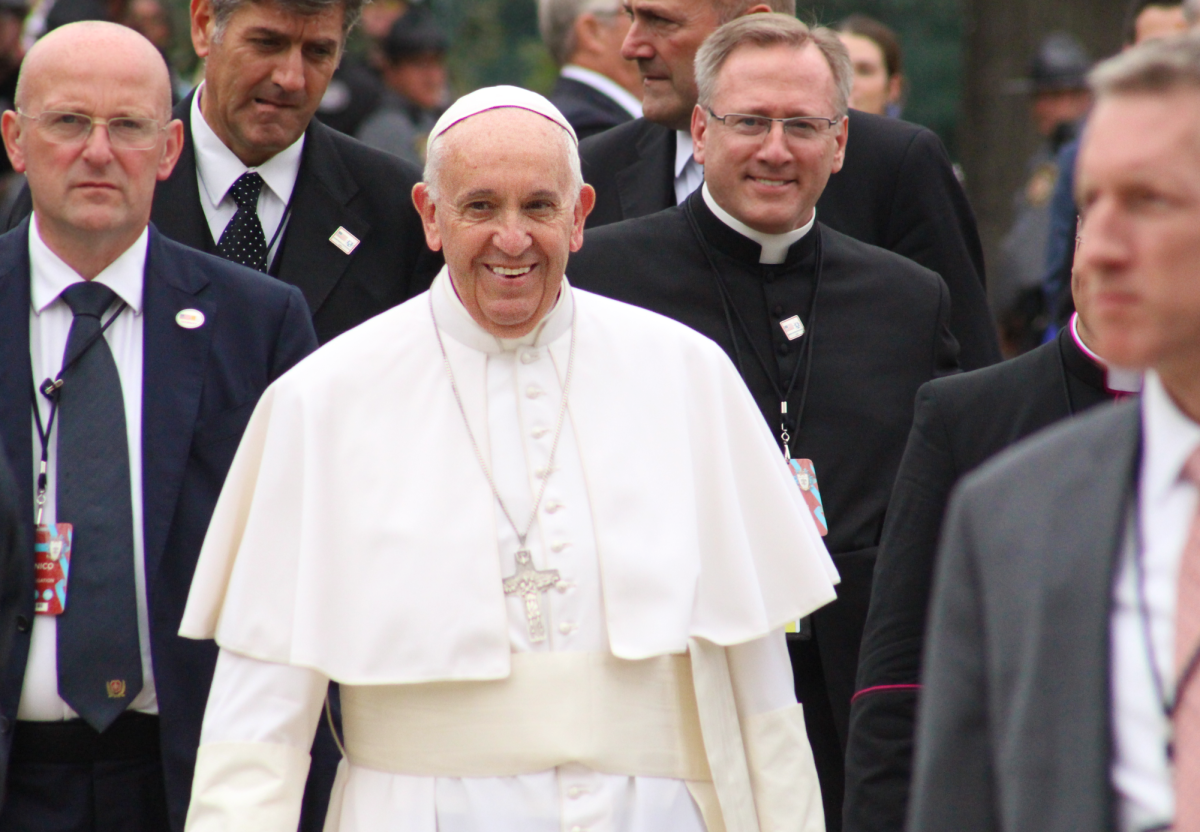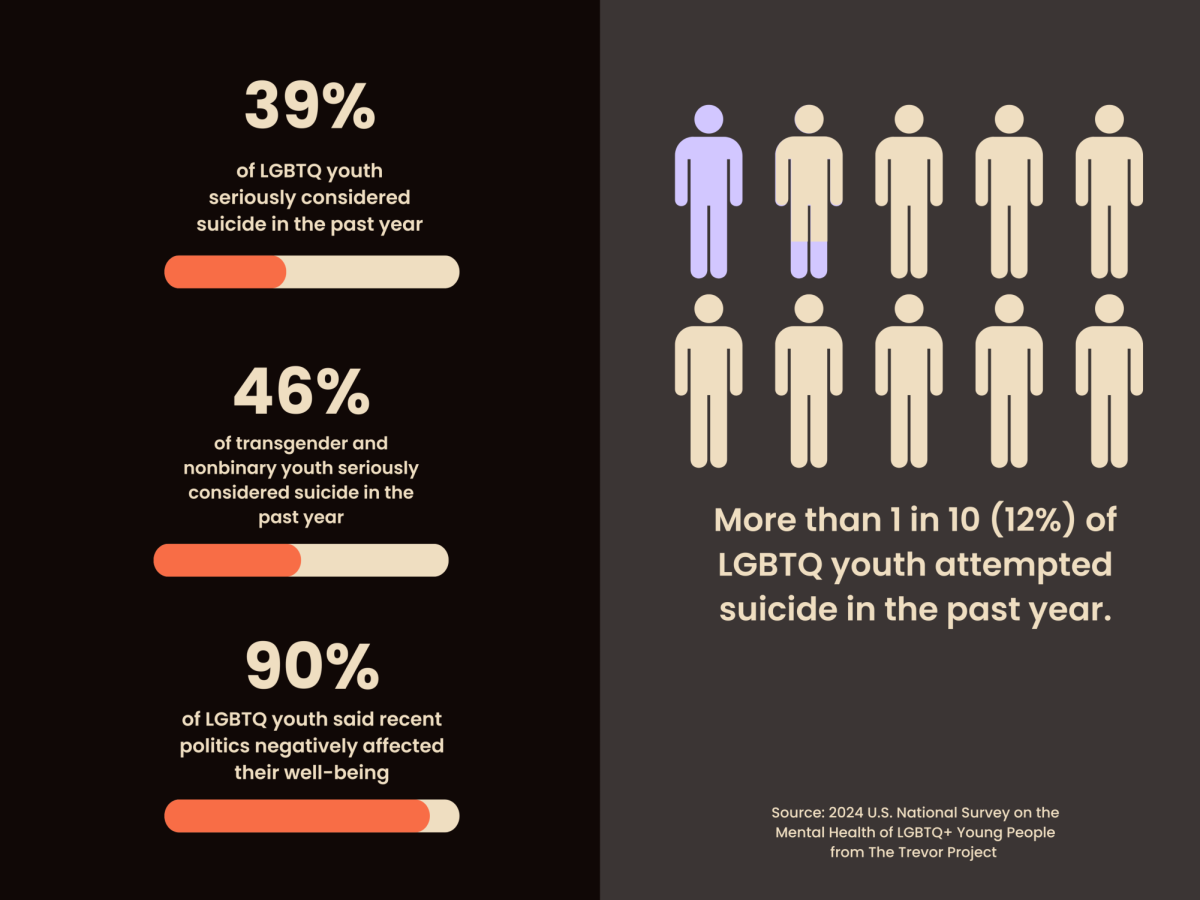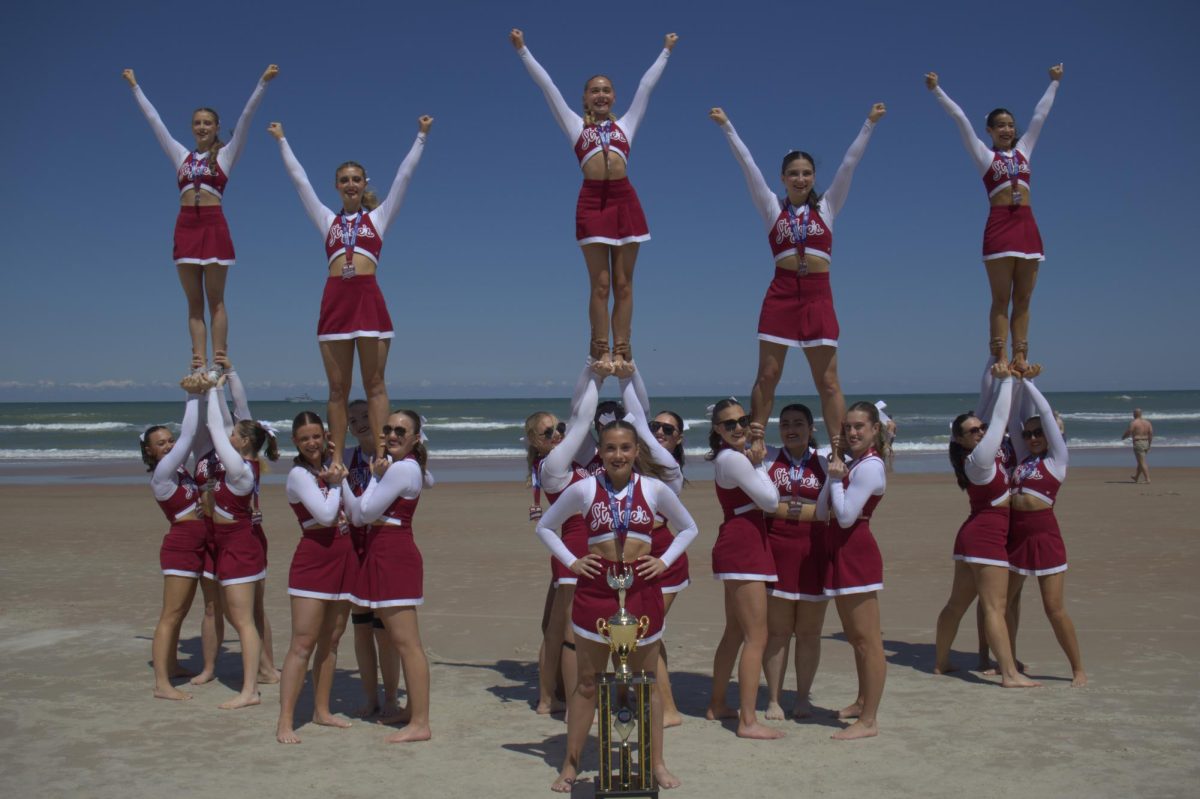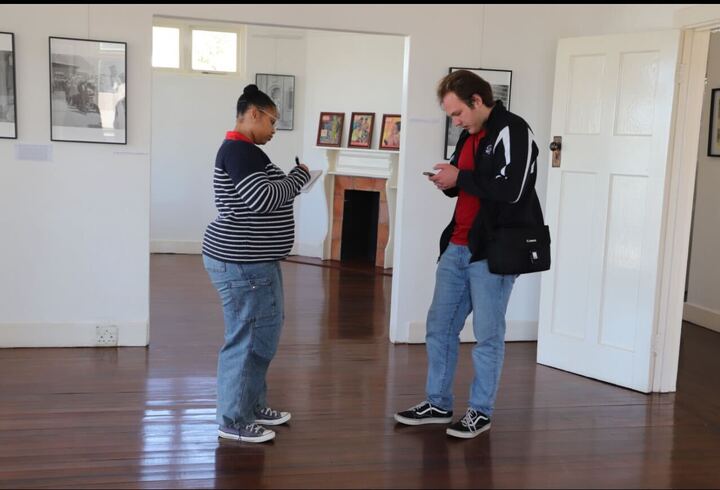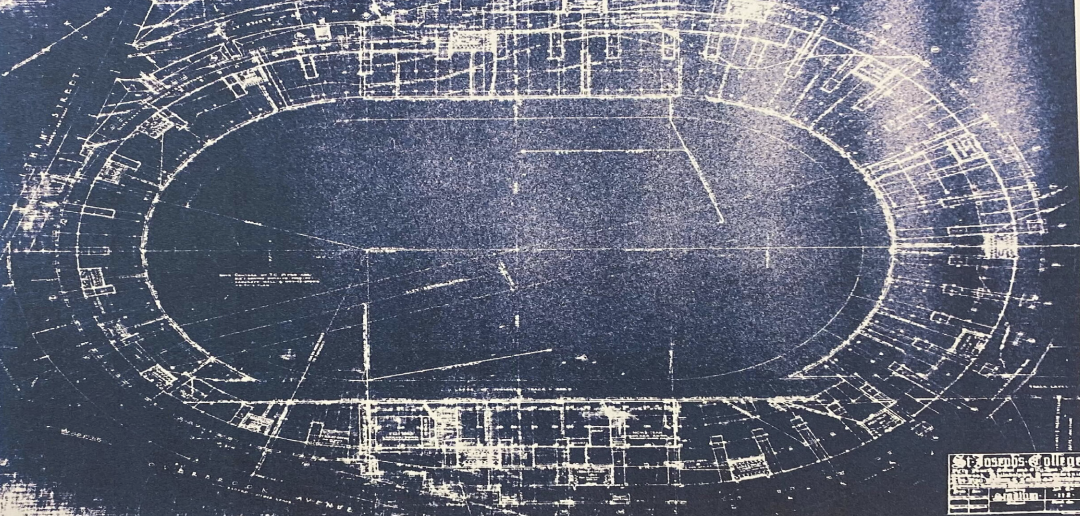On Oct. 12, 1929, Sweeney Field, known then as Finnesey Field, hosted its first intercollegiate athletic event: a football game.
The Hawks lost 7-6 to Pennsylvania Military College, now known as Widener University.
In the St. Joe’s Archives Collection, located in the Drexel Library, there is a copy of the blueprints that would envision Finnesey Field as a massive 70,000 seat stadium.
The blueprint is grainy and faded in some spots, but lays out a design where the entire playing field is surrounded by a large bowl of seating.
The southeastern corner of the bowl would have run alongside Overbrook Avenue, occupying the space that Post Hall does today.
In the bottom right corner of the blueprint, there is an image of what appears to be a scoreboard design.
The plan never came to fruition because W.T. Tallon S.J. , the president of St. Joe’s at the time, did not think they could compete with other teams and schools around the city in building large stadiums. Tallon also believed that the idea the stadium represented was against Jesuit intuition, according to “From the Archives: Remembering Football at Saint Joseph’s” by Bill Doherty.
In a letter he wrote to the New Stadium Committee, Tallon said that “The Jesuit idea is not to make money out of athletics,” and that “The money made on the boys must also be spent on the boys.”
In 1960, the original grandstand, as well as the hillside seating near it, were removed in order to construct what is now Post Hall.
Over the years, Sweeney Field has received many upgrades, including lights, bleachers that seat 3,000 spectators and a new artificial grass playing surface called TigerTurf. In the fall of 2013, Finnesey Field was renamed to Sweeney Field, after Sean Sweeney ’94.
As it exists now, nearly 93 years after its opening contest, Sweeney Field hosts eight of the Hawks varsity teams, as well as several club programs. However, no football team. The St. Joe’s football team played their last game in 1939.



